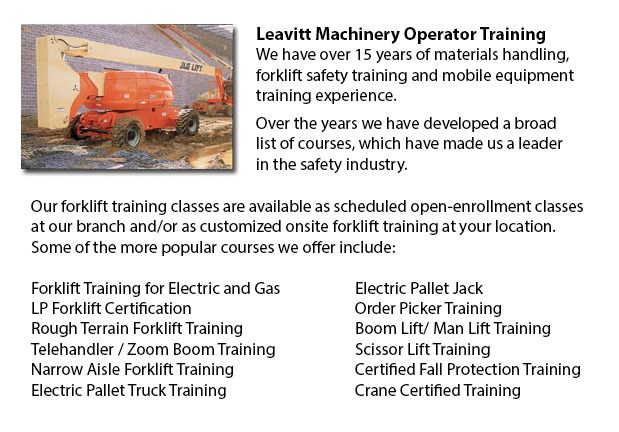
Boom Lift Certification Regina - Utilizing elevated work platforms allow for maintenance operations and work to be performed at elevated work heights that were otherwise not reachable. Boom Lift Certification Training educates workers regarding the safe operation of boom lifts and scissor lifts.
Despite the array in lift style, applications and site conditions, all lifts have the possibility for death or serious injury when operated unsafely. Falls, electrocution, crushed body parts, and tip-overs could be the unfortunate outcome of wrong operating procedures.
To be able to prevent aerial lift incidents, people should be qualified to train workers in operating the specific type of aerial lift they would be using. Controls must be easily accessible beside or in the platform of boom lifts made use of for carrying workers. Aerial lifts must never be modified without the express permission of the manufacturer or other recognized entity. If you are leasing a lift, ensure that it is maintained properly. Before using, safety devices and controls need to be checked to make certain they are properly functioning.
It is essential to follow safe operating procedures in order to prevent workplace accidents. Driving an aerial lift while the lift is extended must not be carried out, nonetheless, some models are designed to be driven when the lift is extended. Set outriggers, if available. Always set brakes. Avoid slopes, but when necessary use wheel chocks on slopes which do not exceed the slope restrictions of the manufacturer. Adhere to load and weight restrictions of the manufacturer. When standing on the platform of boom lifts, make use of a safety belt with a two-foot lanyard tied to the boom or basket or a full-body harness. Fall protection is not needed for scissor lifts that have guardrails. Do not sit or climb on guardrails.
This course consists of the following topics: training and certification; safety tips to be able to prevent a tip-over; inspecting the travel path and work area; surface conditions and slopes; stability factors; other guidelines for maintaining stability; leverage; weight capacity; testing control functions; pre-operational check; safe operating practices; mounting a motor vehicle; safe driving procedures; power lines and overhead obstacles; making use of harness and lanyards; PPE and fall protection; and avoiding falls from platforms.
The trainee who is successful would learn the following: training and authorization procedures; pre-operational inspection procedures; how to avoid tip-overs; factors affecting the stability of boom and scissor lifts; how to utilize the testing control functions; how to use PPE and fall prevention strategies.
-
Forklift Training Classes Regina
Forklift Training Classes Regina - Forklifts are a kind of heavy lifting equipment used in order to move and handle material efficiently and safely. Sometimes called Lift Trucks, they are made use of in different industries. Employees working with an... More -
Crane Certification Regina
Crane Certification Regina - The Crane Certification Program covers the industry suggested content which would teach the safe and efficient operation of cranes. The person will train in the following: pre-operational, operational and post operating r... More -
Telehandler Training Courses Regina
Telehandler Training Courses Regina - Employers are responsible for making sure that their operating personnel and supervisors are trained to work proficiently utilizing telehandler machines. The competence level of employees need to be assessed. If... More -
Operator Safety Training, Re-Qualification Training, In-House Instructor Training in Regina
Lift trucks are utilized in just about all industrial construction sites and in warehouse operations and in boat yards. The reach feature of a lift truck is a very important component utilized in a variety of applications like for instance when a she... More -
Heavy Equipment Operator Training Regina
Heavy Equipment Operator Training Regina - Training facilities that offer good standards in the business and not only provide field performing tasks but additional equipment training are highly sought after. Accredited schools offer students the know... More -
Wheel Loader Operator Training Regina
Wheel Loader Operator Training Regina - Cranes are industrial machines which make use of pulleys or levers so as to lift considerable loads. The Roman people utilized cranes in order to put up big monuments, that means these machines have been existi... More -
Crane Safety Training Regina
Crane Safety Training Regina - Both crane driver as well as their supervisors need to know all the possible problems connected to the operation of an overhead crane. All over North America, there is legislation that provides regulation for the safe o... More -
Scissor Lift Safety Training Regina
Scissor Lift Safety Training Regina - A Scissor Lift is a functional kind of platform that normally moves in a vertical direction. The machinery is capable of this movement due to the use of folding supports that are linked in a criss-cross pattern c... More

Forklift Training Regina
TOLL FREE: 1-888-254-6157
Regina, Saskatchewan
forklifttrainingregina.com
Email Us
About Us



